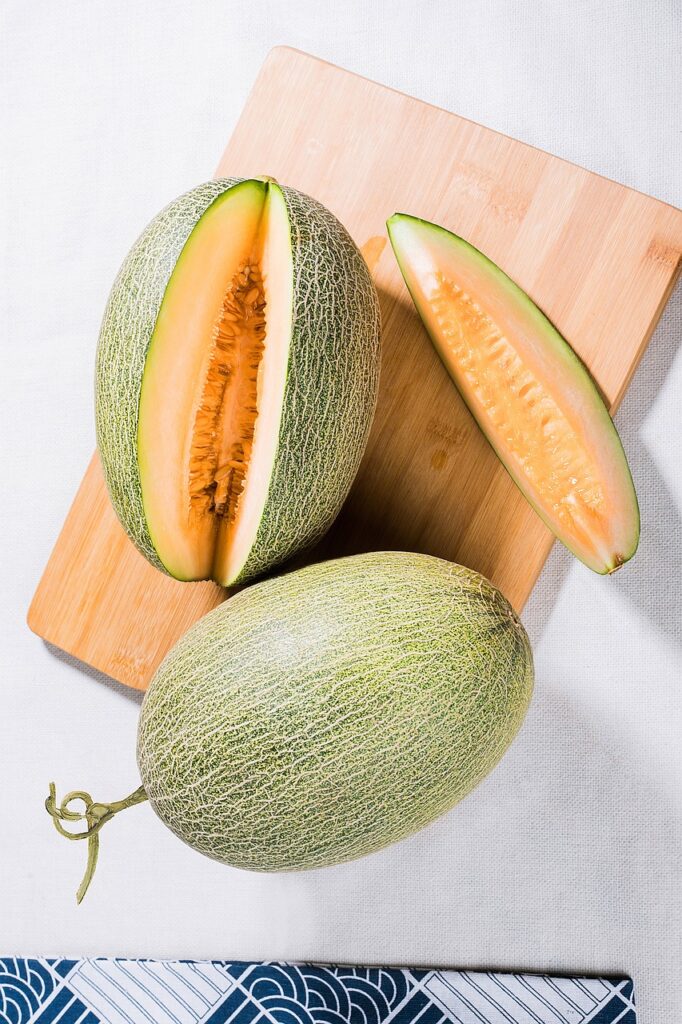
In the world of cooking and baking, cooking spray has become a staple in many kitchens for its convenience and non-stick properties. However, there are times when you may run out of store-bought cooking spray or simply prefer a more natural alternative. This article explores the best substitutes for cooking spray that are easy to make at home with just three ingredients. Whether you’re looking to reduce your reliance on commercial products, save money, or cater to specific dietary needs, these homemade cooking spray alternatives are worth exploring.
What Is a Cooking Spray and Why Substitute It?
Cooking sprays are typically made from a combination of vegetable oils, emulsifiers, and propellants, which allow the oil to be dispersed in a fine mist. They are designed to provide a thin, even layer of oil on cooking surfaces, preventing food from sticking during cooking or baking. While convenient, some people may prefer to avoid the additives found in commercial cooking sprays or simply want a more cost-effective solution. Substituting cooking spray with homemade alternatives can be a healthier, more economical, and environmentally friendly choice.
How to Make a Homemade Cooking Spray
Making a homemade cooking spray is incredibly easy and requires just three ingredients: your favorite cooking oil, water, and an emulsifier (such as lecithin or soy lecithin). To make it, simply combine equal parts of oil and water in a spray bottle, along with a small amount of the emulsifier. Shake the mixture vigorously before each use to ensure proper blending. The emulsifier helps the oil and water bind together, allowing for an even spray.
Butter or Shortening: A Classic Substitute
Butter or vegetable shortening can be an excellent substitute for cooking spray, especially for greasing baking pans or coating the surface of pastries. Simply rub a thin layer of butter or shortening onto the cooking surface using a paper towel or pastry brush. While this method may be more labor-intensive than using a spray, it provides a reliable non-stick surface and adds flavor to your baked goods.
Oil Spray: A Simple and Versatile Option
One of the simplest cooking spray alternatives is to use an oil spray bottle. Fill a clean spray bottle with your favorite cooking oil, such as canola, avocado, or olive oil. Mist the cooking surface lightly with the oil spray before cooking or baking. This method allows you to control the amount of oil used and eliminates the need for propellants or emulsifiers found in commercial cooking sprays.
Homemade Non-Stick Cooking Spray with Flour
For an extra layer of non-stick protection, you can make a homemade cooking spray that incorporates flour. In a spray bottle, combine equal parts cooking oil and water, then add a small amount of flour (about 1 tablespoon per cup of liquid). Shake the mixture vigorously before each use. The flour acts as a dry coating, helping to create a non-stick surface and preventing food from sticking to the pan.
Substituting Store-Bought Baking Spray
If you’re looking for a substitute for store-bought baking sprays, you can make your own by combining melted butter or vegetable oil with flour. Use a ratio of approximately 1 cup of melted butter or oil to 1/4 cup of flour. Mix the ingredients thoroughly, then brush or spray the mixture onto your baking pans or dishes. This homemade baking spray can help prevent sticking and add a nice flavor to your baked goods.
Creative Ways to Use Your Homemade Cooking Spray
Homemade cooking sprays can be used for more than just coating pans and baking dishes. Try using them to grease grill grates, coat bundt pans for intricate designs, or spray onto parchment paper for easy release of baked goods. You can also use them to lightly coat utensils or bowls to prevent sticking when mixing batters or doughs.
The Pros and Cons of Store-Bought Cooking Sprays
While store-bought cooking sprays offer convenience, they also come with some drawbacks. Many commercial cooking sprays contain propellants and additives that some people may prefer to avoid. Additionally, they can be more expensive than making your own alternatives. However, if you’re short on time or prefer the convenience of a pre-made product, store-bought cooking sprays can still be a useful option.
Tips for Using Homemade Cooking Spray Alternatives
When using homemade cooking spray alternatives, keep in mind that they may not provide the same level of even coverage as commercial sprays. It’s important to shake or stir the mixture thoroughly before each use to ensure proper distribution of the ingredients. Additionally, homemade sprays may not have as long of a shelf life as store-bought options, so it’s best to make them in smaller batches and use them within a reasonable timeframe.
Exploring Other Cooking Spray Alternatives
While the homemade options discussed in this article are excellent substitutes for cooking spray, there are a few other alternatives worth mentioning. Parchment paper can be used to line baking pans and prevent sticking, while silicone baking mats provide a non-stick surface without the need for additional greasing. Additionally, some cooks prefer to use a small amount of lard or other solid fats to grease their pans.
In summary, here are the key points to remember about substituting cooking spray:
- Homemade cooking sprays made with oil, water, and an emulsifier are easy to make and cost-effective.
- Butter, shortening, or plain cooking oil can be used to grease pans and prevent sticking.
- Adding flour to homemade cooking sprays can provide extra non-stick protection.
- Explore creative uses for homemade cooking sprays beyond just greasing pans.
- Consider the pros and cons of store-bought cooking sprays versus homemade alternatives.
- Parchment paper, silicone baking mats, and lard are other potential cooking spray substitutes.
By exploring these best substitutes for cooking spray, you can enjoy the convenience of non-stick cooking while reducing your reliance on commercial products and potentially saving money in the process.




